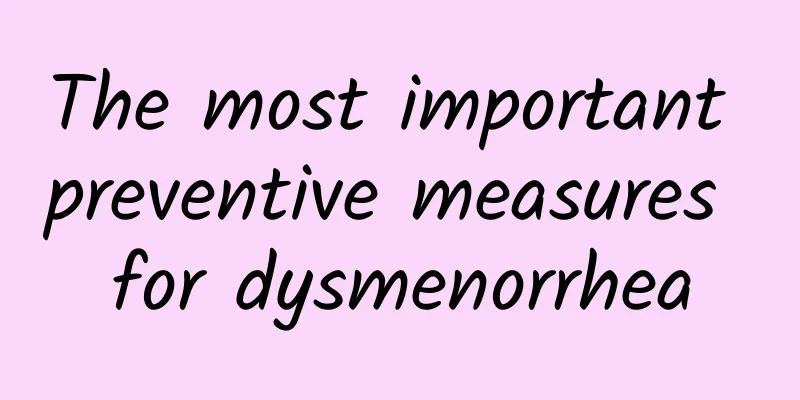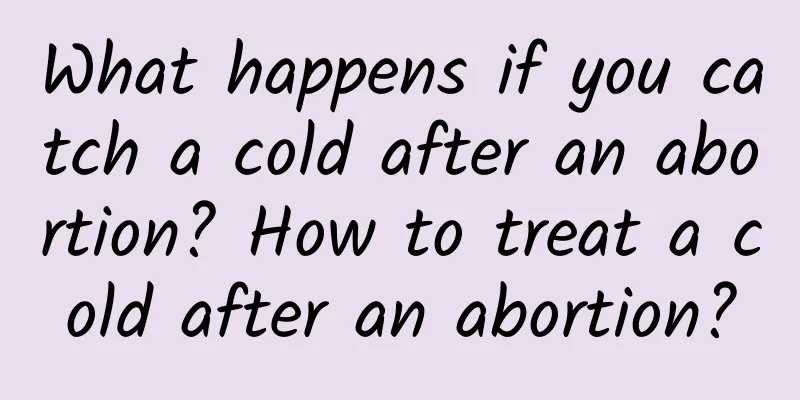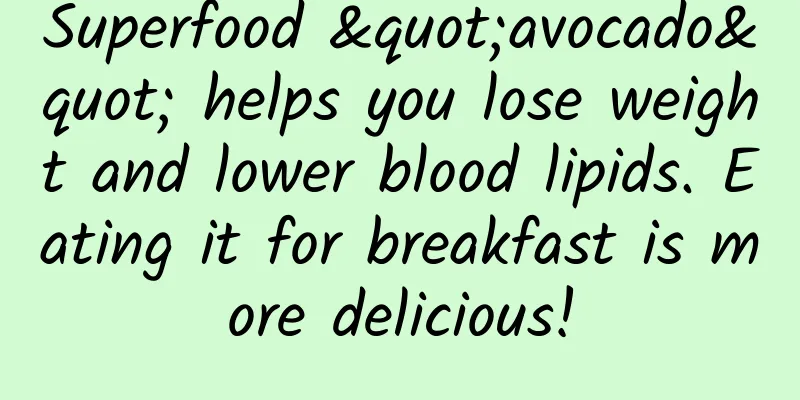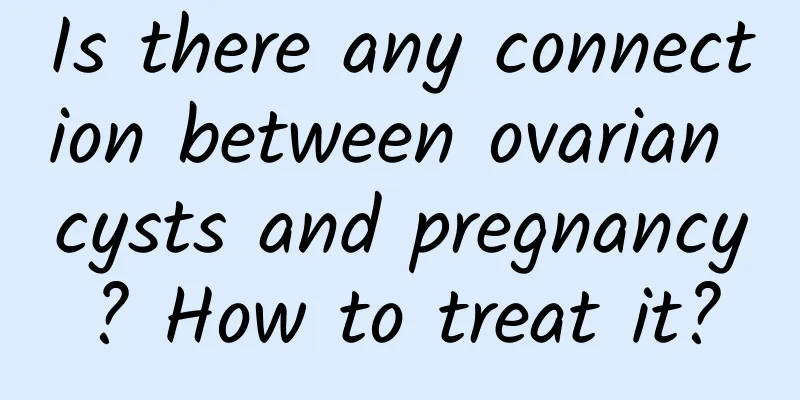Eat very little but still can’t lose weight? Low sugar, low fat food ≠ low calories
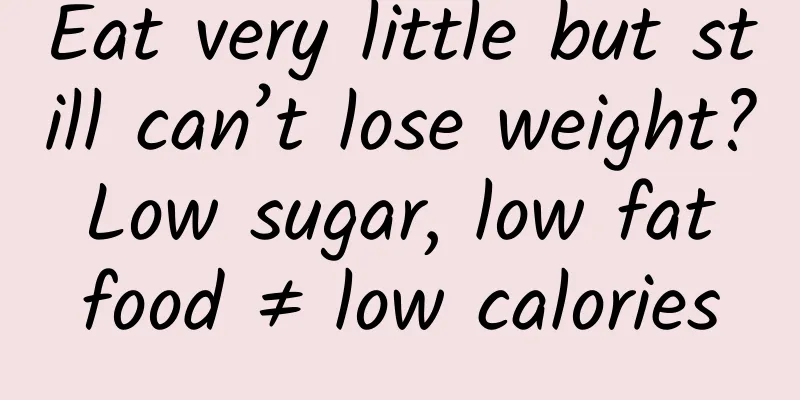
|
The calories (heat) of food are the biggest concern for those who want to lose weight. In response to the large number of people who are trying to lose weight, the market is flooded with foods labeled low sugar, low fat, or high fiber, zero cholesterol, low GI, etc. Are these things really lower in calories? Will eating these low-calorie foods really not make you fat? One time when I went to a traditional market, I saw the owner of a meat floss shop selling a kind of pork jerky that was claimed to be low in sugar and fat. The price was more than half more expensive than ordinary pork jerky. I curiously asked the owner why these jerky were low in sugar and fat? The boss told me, "Because she uses leaner parts of pork, it is low in fat (I later learned that meat jerky is made from lean parts of pigs); and because the meat jerky is cut thinner, it absorbs less sugar when soaked, so it is low in sugar." In fact, many manufacturers' so-called low-fat, low-sugar or low-calorie foods are like the pork jerky I just mentioned. They are not sugar-free, fat-free or low in calories as you imagine. If you are not clear about the difference and think that they are low in calories and can be consumed safely or in large quantities, you will find that you lose less weight than expected because you have underestimated your intake! Low sugar, low fat ≠ low calories The most common misconception among consumers about food labels is that foods labeled low in sugar and fat are low in calories and can be safely consumed by those who want to lose weight. This idea is very dangerous. Because the high-calorie foods or junk foods that are often mentioned in general weight loss are mostly complex foods (containing a variety of ingredients such as starch, eggs, milk, meat, fats, etc., and with additional additives such as oil, sugar, or various seasonings and pigments). The reason why this type of food is high in calories is not simply because extra sugar or oil is added during cooking, but because the ingredients used themselves are not low in calories. Therefore, even if they are sugar-free biscuits, it only means that they are replaced with sweeteners and no extra sugar is added. However, because biscuits are made of flour as the main ingredient (which contains starch calories), a lot of oil (butter, ghee, etc.) or various seasonings (cocoa, almonds, etc.) need to be added during the baking process. Therefore, the so-called "sugar-free" can only reduce a limited number of calories, which is only a few dozen calories. Therefore, if you think that you have reduced at least one-third or half of the calories and eat it with confidence, you will underestimate the intake and affect the speed of weight loss. Common Chinese and Western pastries such as biscuits, bread or cakes, the ingredients used and the calories of the ingredients. Unless you are making the simplest finished product, such as white bread, white steamed buns or bagels, you can try to reduce the calories from the ingredients (but such things will not be so delicious); otherwise, the more cream (tastes mellow), ghee (tastes crispy), sugar (tastes sweet), nuts, cocoa, almonds, coconut, cheese and other added ingredients you add (delicious, more ingredients), the higher the calories. The most common way to reduce the amount of sugar in this type of snacks with rich ingredients is to use sugar substitutes, and the amount of fat can be reduced to a limited extent (Stella has not seen any products in Taiwan that use fat substitutes to replace ordinary fats), so it can generally only reduce 20 to 40 calories at most. If you mistakenly believe that "low-calorie", "sugar-free", "low-fat" or "low-sugar and low-fat snacks" have very low calories, you will often underestimate the calories of the food you eat and affect your weight loss rate. Note: The United States has a lot of fat people and is the country with the most low-sugar, low-fat, low-calorie and low-calorie foods. "Sugar substitutes" and "fat substitutes" and other zero-calorie sugar and fat substitutes come from the United States. But ironically, the United States is also a country with a lot of fat people. Why does this phenomenon occur? The problem lies in what was mentioned above. Low sugar, low fat and low calories are not as low as consumers imagine. Many consumers will eat more of the food because it is low in calories, but end up consuming more calories and causing obesity. For example, most people would be wary of regular ice cream and would limit their intake due to its high calories, only daring to eat one scoop. However, when seeing ice cream labeled as low-fat, low-sugar or low-calorie, most people would feel more at ease and thus eat a larger amount (two scoops, or a whole box). Think about it, low-calorie foods actually only reduce calories by 10% to 20%, but you eat twice as much or more of them because you feel at ease with the word "low-calorie". What is the result? Of course you get fat because you consume too much. This article comes from: Nutritionist Stella's Weight Loss & Nutrition Blog ※For more information, please see "Nutritionist Stella's Weight Loss & Nutrition Blog" |
<<: Throat itchy and want to cough? Strengthen your respiratory tract by eating this way...
>>: miserable! Diarrhea caused by eating bread turns out to be gluten allergy
Recommend
Tired of cauliflower rice fried rice? DIY "Green and white cauliflower rice stewed with seafood" brings out a new taste!
★Seafood stew with green and white cauliflower ri...
Alcohol cannot kill enterovirus! Nutritionist Su Yanchen: To fight against enterovirus, supplementing the four major nutrients is effective
The enterovirus epidemic has shown a slow upward ...
What are the early symptoms of habitual miscarriage?
Habitual miscarriage is a huge blow to expectant ...
How can women prevent amenorrhea?
How to prevent amenorrhea? I believe many women h...
Hyperprolactinemia in women
Hyperprolactinemia refers to a syndrome caused by...
What are the causes of ectopic pregnancy?
What are the causes of ectopic pregnancy? Ectopic...
How much does menopause surgery cost
Nowadays, many female friends are troubled by men...
What are the main clinical manifestations of irregular menstruation?
What are the main clinical manifestations of irre...
What are the sequelae of abortion?
After abortion, cervicitis, endometritis, pelvic ...
How to treat menopausal syndrome? There are 5 ways
Menopausal syndrome causes large fluctuations in ...
Several major hazards of ovarian cysts to female patients
Among the many tumor diseases, ovarian cysts are ...
Irregular menstruation is related to five hormones
Irregular menstruation in women will cause irregu...
Early symptoms of ectopic pregnancy in acute women
Ectopic pregnancy is not uncommon in life. Many p...
Several major hazards of cervical warts
It is difficult to explain the harm of cervical w...
Can drinking coffee help you lose weight? Wrong, it is more effective to take it as a sports supplement!
I believe that many people always have a cup of c...


